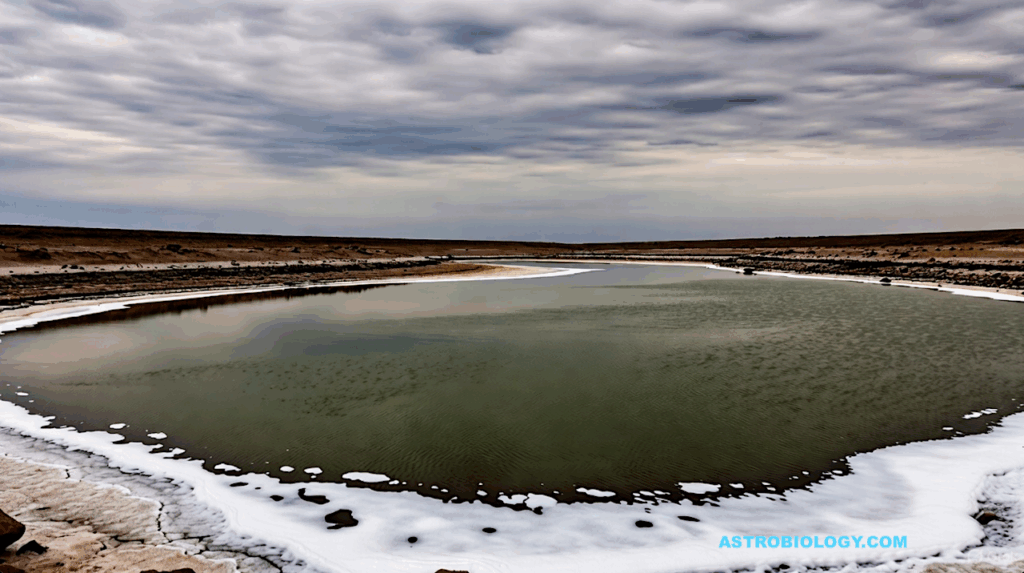Validation of Small Kepler Transiting Planet Candidates In Or Near The Habitable Zone

A main goal of NASA’s Kepler Mission is to establish the frequency of potentially habitable Earth-size planets (eta Earth).
Relatively few such candidates identified by the mission can be confirmed to be rocky via dynamical measurement of their mass.
Here we report an effort to validate 18 of them statistically using the BLENDER technique, by showing that the likelihood they are true planets is far greater than that of a false positive. Our analysis incorporates follow-up observations including high-resolution optical and near-infrared spectroscopy, high-resolution imaging, and information from the analysis of the flux centroids of the Kepler observations themselves.
While many of these candidates have been previously validated by others, the confidence levels reported typically ignore the possibility that the planet may transit a different star than the target along the same line of sight. If that were the case, a planet that appears small enough to be rocky may actually be considerably larger and therefore less interesting from the point of view of habitability. We take this into consideration here, and are able to validate 15 of our candidates at a 99.73% (3 sigma) significance level or higher, and the other three at slightly lower confidence.
We characterize the GKM host stars using available ground-based observations and provide updated parameters for the planets, with sizes between 0.8 and 2.9 Earth radii. Seven of them (KOI-0438.02, 0463.01, 2418.01, 2626.01, 3282.01, 4036.01, and 5856.01) have a better than 50% chance of being smaller than 2 Earth radii and being in the habitable zone of their host stars.
Guillermo Torres, Stephen R. Kane, Jason F. Rowe, Natalie M. Batalha, Christopher E. Henze, David R. Ciardi, Thomas Barclay, William J. Borucki, Lars A. Buchhave, Justin R. Crepp, Mark E. Everett, Elliott P. Horch, Andrew W. Howard, Steve B. Howell, Howard T. Isaacson, Jon M. Jenkins, David W. Latham, Erik A. Petigura, Elisa V. Quintana
(Submitted on 3 Nov 2017)
Comments: 19 pages in emulateapj format including figures and tables. Accepted for publication in The Astronomical Journal
Subjects: Earth and Planetary Astrophysics (astro-ph.EP)
Cite as: arXiv:1711.01267 [astro-ph.EP] (or arXiv:1711.01267v1 [astro-ph.EP] for this version)
Submission history
From: Guillermo Torres
[v1] Fri, 3 Nov 2017 18:00:00 GMT (2727kb)
https://arxiv.org/abs/1711.01267
Astrobiology








